Many people have a stereotype that the fly agaric is a poisonous forest resident with a red cap in white peas. Only a few know that this is the collective name of the genus of agaric mushrooms with a wide species diversity. Most of them are poisonous, sometimes even fatal, but there are edible ones among them, which are considered to be delicacies.
Content
The characteristic features of fly agaric
Amanita - a genus of fungi of the Amanit family. Representatives of the genus are also called lamellar due to the presence on the legs of characteristic plates.
Appearance and photo
Amanita look attractive. The cap of young individuals is hemispherical or ovoid, in aging - it can straighten, acquiring a flat shape. The remains of the bedspread, represented by flakes, remain on it.
The surface of the cap can have the following colors:
- bright red;
- yellow;
- orange
- gray pink;
- white
- reddish brown;
- pale green;
- grayish;
- olive.
To have a complete picture of the appearance of the mushroom, you should carefully consider the photo of the fly agaric.
Morphology
Representatives of the genus have their own individual characteristics. Briefly, they can be given the following description:
- The presence on the leg of characteristic plates.
- The presence of Volvo, sometimes a mushroom ring.
- The presence on the head of the remains of the bedspread in the form of flakes, rags, rags.
- Pungent smell of pulp in some species.
Species differences can also include the property of the hats to easily detach from the legs. The pulp is white. In some species, it acquires a pink tint on the cut. In most cases, the smell is absent or mild. But there are representatives with a sharp unpleasant odor of pulp.
The leg is cylindrical, often extended to the base. A Volvo is clearly visualized on it. The surface is covered with plates of white, yellow or cream color. The plates hold freely or grow weakly to the pedicle.
Habitat
Representatives of the genus grow in temperate climates in Europe, Asia and America.
| View name | Habitat |
|---|---|
| Red | Acidic soil under fir trees, less often under birch trees |
| White Smelly | Mountainous, hilly forest terrain. |
| Spring | Wet soil of deciduous forest |
| Death cap | Fertile soil of deciduous forests |
| Caesar | Dry sandy soil of deciduous forest |
The first mushrooms appear by mid-summer and bear fruit until the first frost.
Edible or inedible
Contrary to popular belief about the extreme toxicity of all fly agaric, some of its species can be taken as food. Edible species include:
- Caesar
- ovoid;
- alone;
- gray pink.
All other species are not only inedible, but also poisonous. The only exceptions are the Sicilian fly agaric and floats belonging to the category of conditionally edible.
Types and their description with photos
The genus includes more than 20 species. The most common of them are described in the table.
| View name | View characteristic | |||
|---|---|---|---|---|
| Hat | Leg | Pulp | Records | |
| Red Amanita (poisonous) | Hemispherical red. From above it is covered with frequent growths-warts of white or light beige color. | Cylindrical, size 7-12 cm., White or yellowish. | Dense, white or pale yellow. Without smell. | Thick large creamy flakes. |
| White Smelly Amanita (deadly poisonous) | Conical, white.The center has a yellowish tint. The surface is smooth, without growths. | Cylindrical, almost always curved, white. | White, with a pungent smell of bleach at the break. | Frequent, grayish or white. |
| Spring Amanita (deadly poisonous) | Hemispherical, with time it becomes prostrate, white, with a smooth surface. | Cylindrical, thickened at the base, in tone with a hat, has a light coating. | Thick, white, brittle. Without smell. | Thick, white. |
| Pale Toadstool (Deadly Poisonous) | Ovoid, as it grows older, it spreads, a smooth edge, a wavy surface. It can have the following colors shades of white, gray, green. | Cylindrical, with moire pattern. | Fleshy, white, with a sweet smell. | Thick, white. |
| Caesar Mushroom (edible) | Ovoid or hemispherical with grooves along the edge. May have a bright red or golden orange color. | At the base, tuberous, yellow-orange in color, has a ring. | Fleshy, light yellow. | Frequent, golden yellow. |
Despite the prevalence and wide popularity, today there is no single classification of mushrooms of this genus.
Unlike edible mushrooms, similar to fly agaric
The view of Smelly can be confused with champignons. Mushroom pickers distinguish them by the presence of Volvo in fly agaric and on plates. In champignons, they have a pinkish or lilac color, and in fly agarics - white.
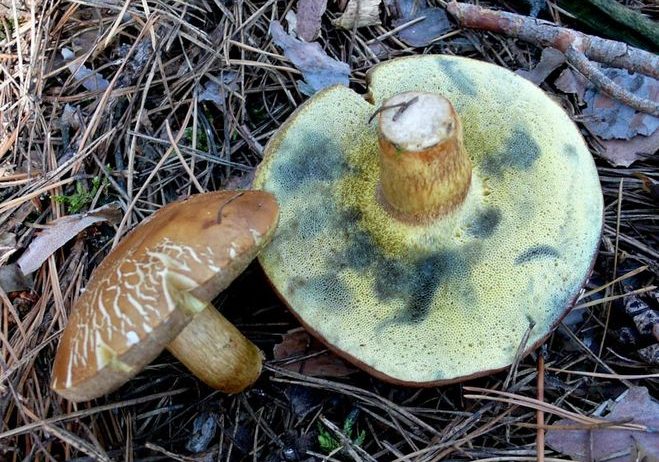 You may be interested in:
You may be interested in:The spring look is also similar to the edible mushrooms champignon and some types of russula. The poisonous mushroom differs from champignons by a volva on a leg. By the same sign, he is recognized among the Greenish Russula. Green Russula is distinguished by the absence of a Volvo and a ring, moreover, its size is much smaller than the size of a poisonous double.
The pale grebe is confused with mushrooms and russula. It differs from champignons in white plates and the same Volvo. Russula has no plates at all, so even inexperienced mushroom pickers will be able to distinguish an edible mushroom from a deadly poisonous specimen.
The remaining species cannot be confused with edible mushrooms. Some species have doubles. But such mushrooms are either poisonous or inedible.
Healing properties
Mushrooms are widely used in folk medicine. They are used in the treatment of the following diseases:
- arthritis;
- gout;
- eczema
- gastrointestinal diseases;
- sclerosis;
- eye diseases;
- joint diseases
- insomnia.
Mushrooms tend to have a healing effect. Many mushroom pickers apply a shredded hat to damaged areas. Fly agaric is used as an anesthetic for rheumatism. Many cosmetology companies use some of the components that make up the mushrooms to create anti-aging products.

Amanita contains the following active substances:
- muscarinic poisons;
- choline;
- bufotenin;
- ibotenic acid;
- putrescine.
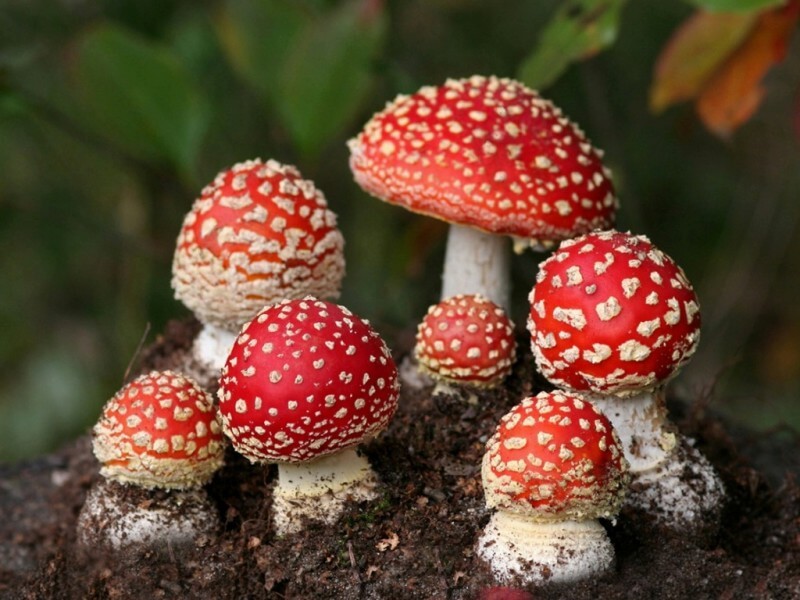
Some of the above substances in a certain dosage can be dangerous to human health and life.
Prescription drugs
Preparing a medicine is not difficult, the main thing is to do it right. The most common drugs are ointment and tincture for external use. Cooking Methods:
- To prepare the ointment, only hats are used.They are ground into powder and weighed. Fat sour cream is added to the powder in an amount equal to the mass of the caps. Ready ointment is stored in a refrigerator in sealed glass or ceramic containers.
- Tincture for external use is used for compresses and grinds. Only hats are used for cooking. They are crushed and placed in glass or ceramic dishes. Hats should be kept in the cold for 3 days.
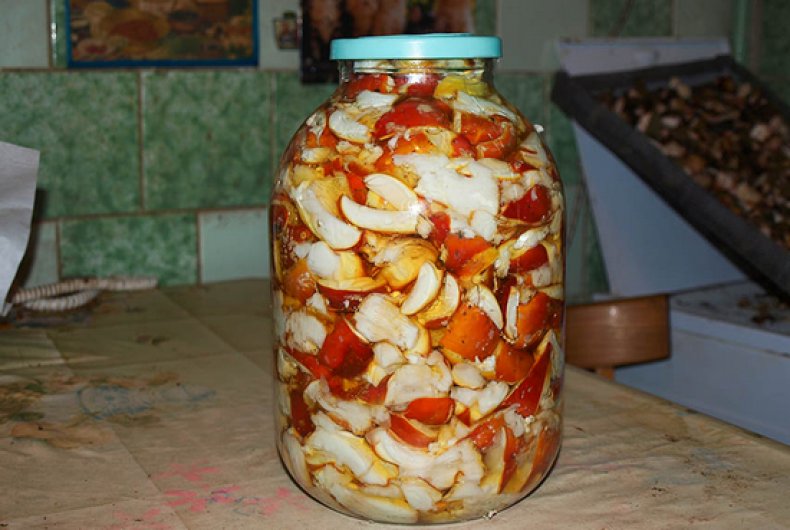
Mushroom tincture Then, the container intended for infusion is filled on из with chopped hats, and the rest of the space is filled with vodka. Mushrooms insist in a dark place for 2 weeks. Alcohol tincture should never be taken orally. Alcohol multiplies toxicity several times.
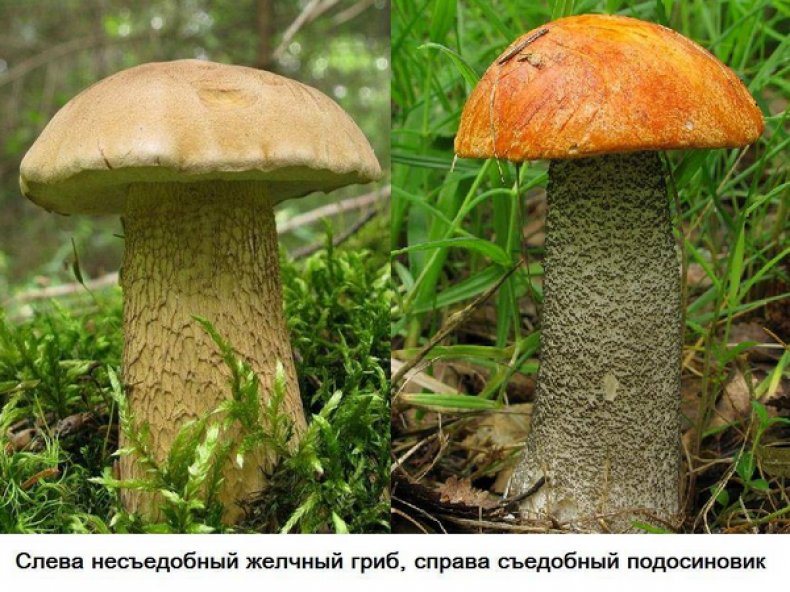 You may be interested in:
You may be interested in:Due to the high risk of poisoning, dishes and tools that were used during the preparation of medicines should be washed thoroughly. Tools are stored out of the reach of children and pets. You can take medicine only on the recommendation of a homeopath.
Answers to widespread questions
On the topic of poisonous mushrooms a lot of questions arise:
Fly agaric is a genus of agaric mushrooms, a large proportion of which are poisonous. Some of them are easily confused with edible species, so you should be careful and careful when collecting.

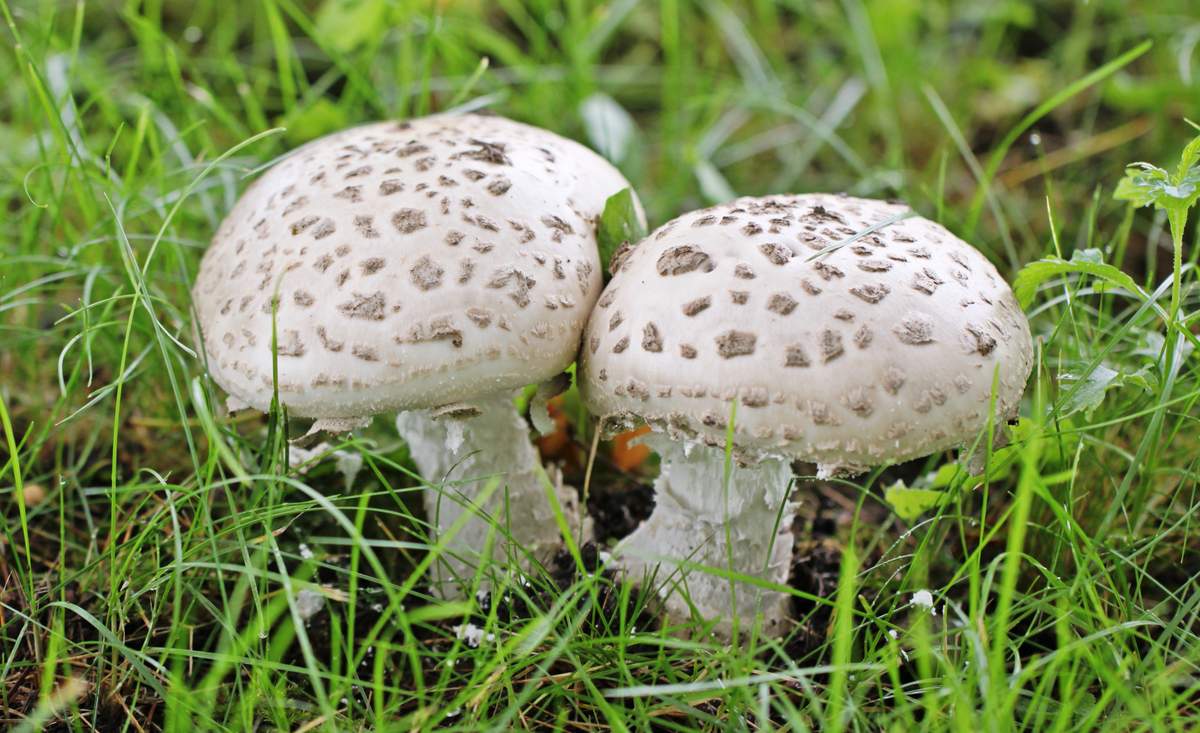
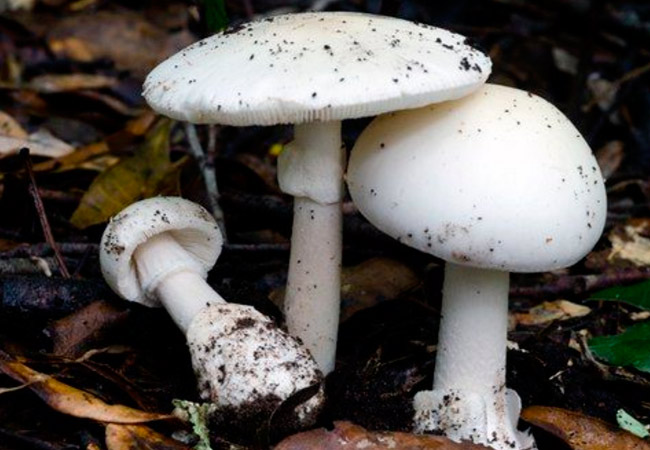
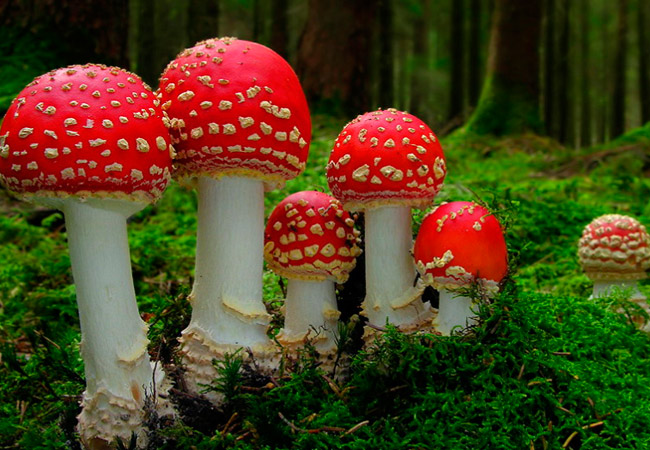
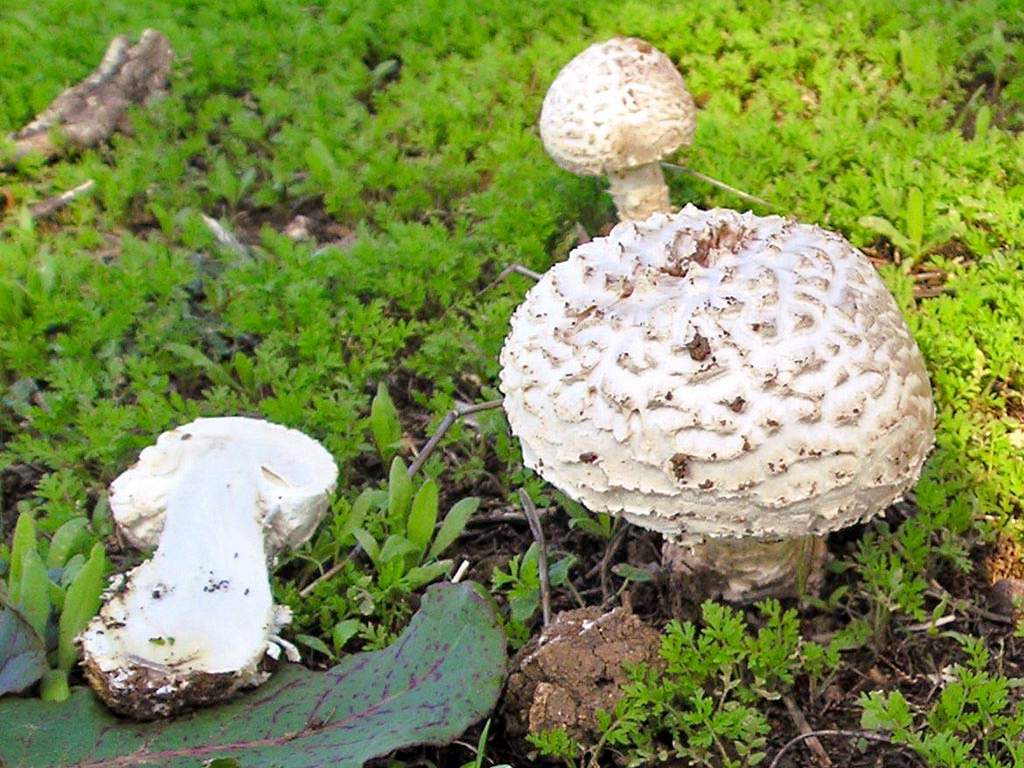
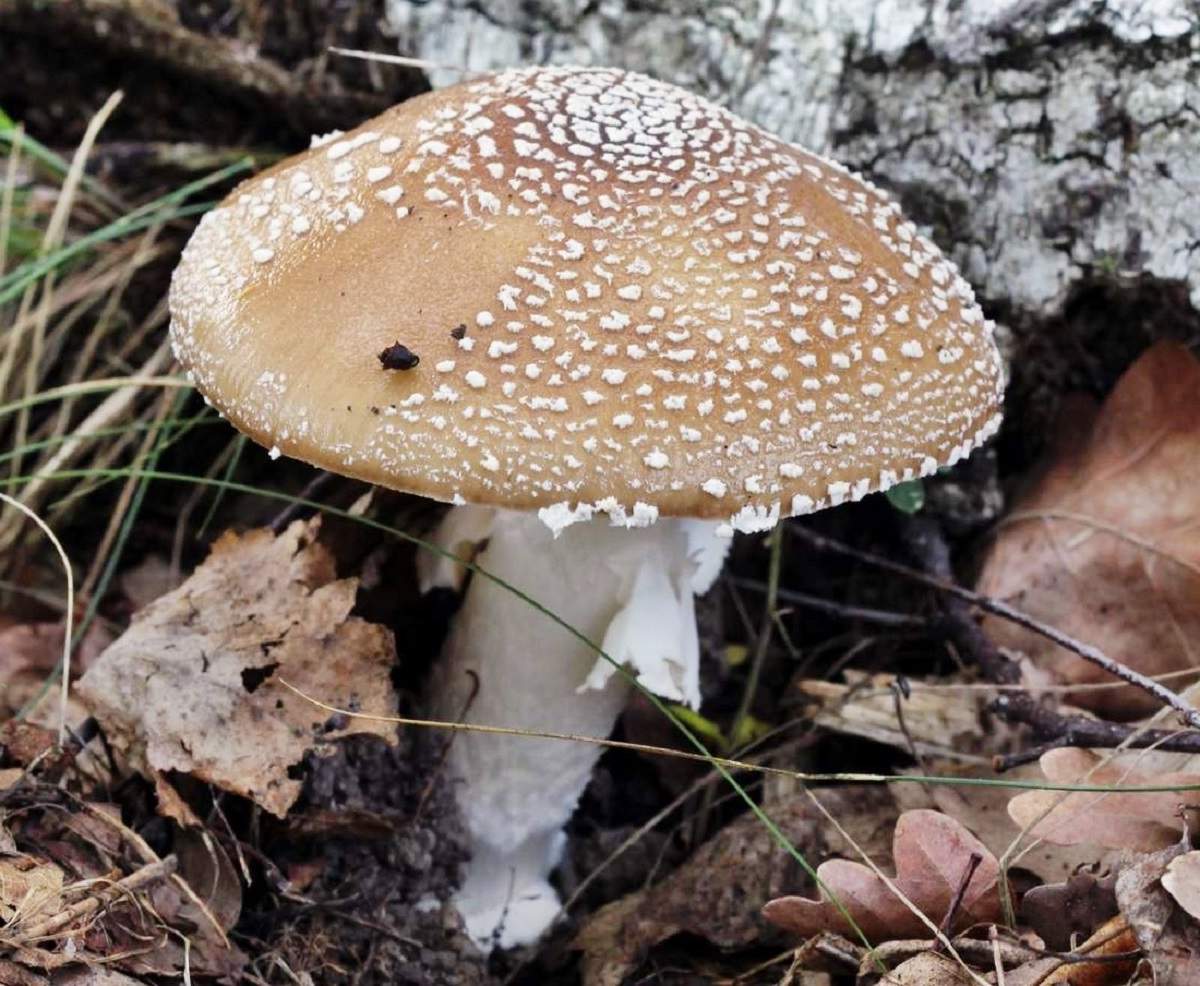
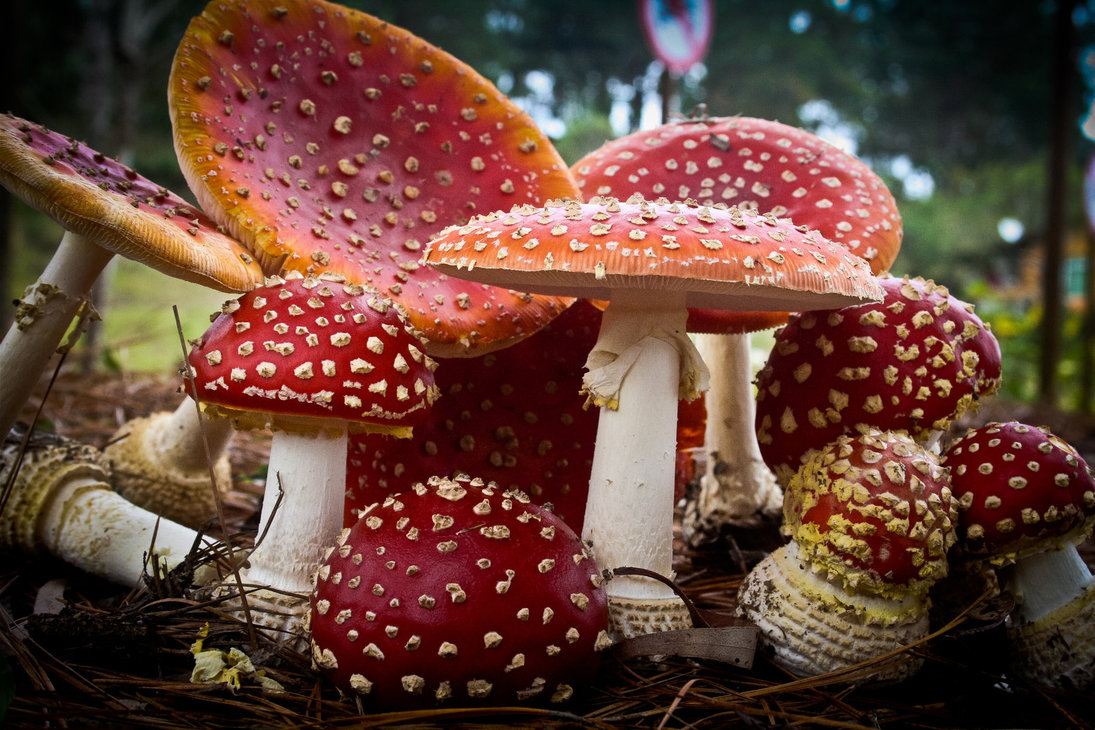
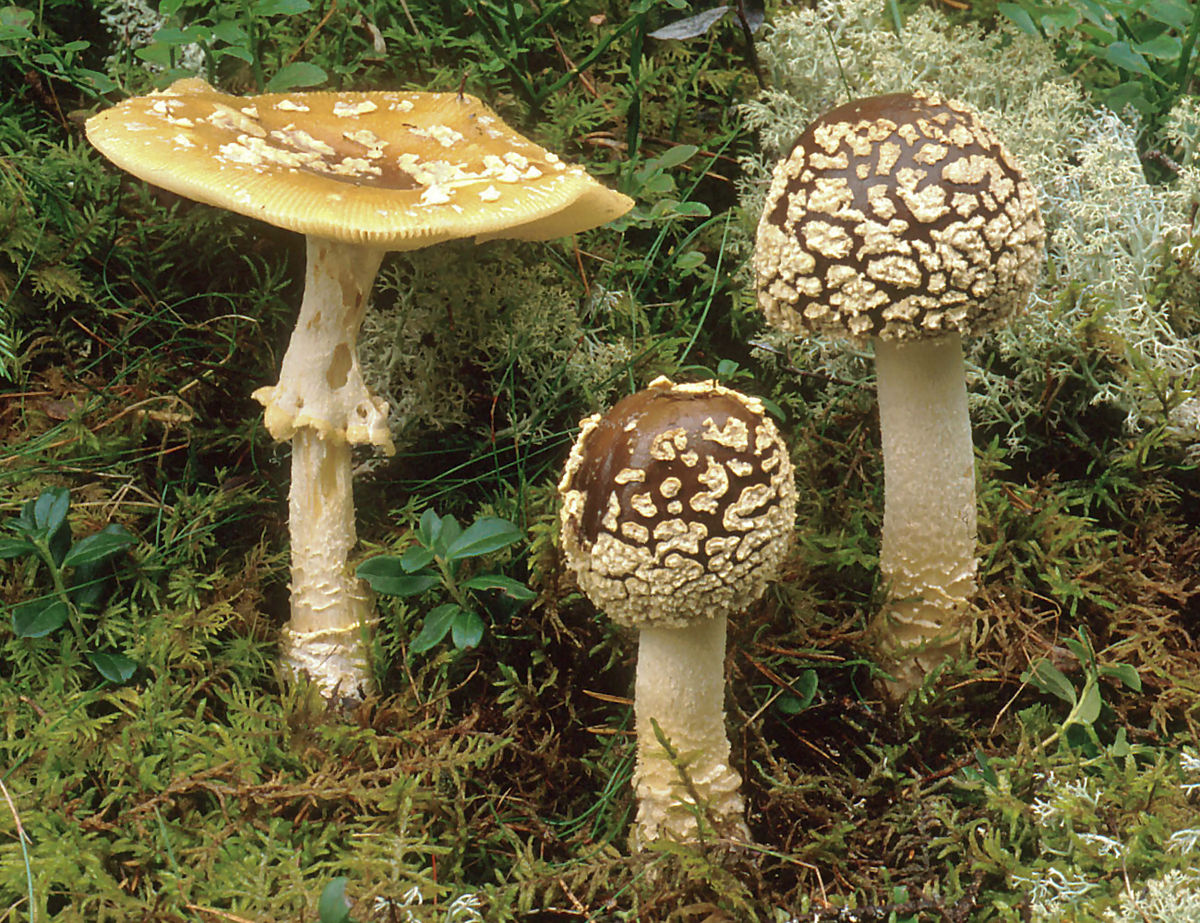
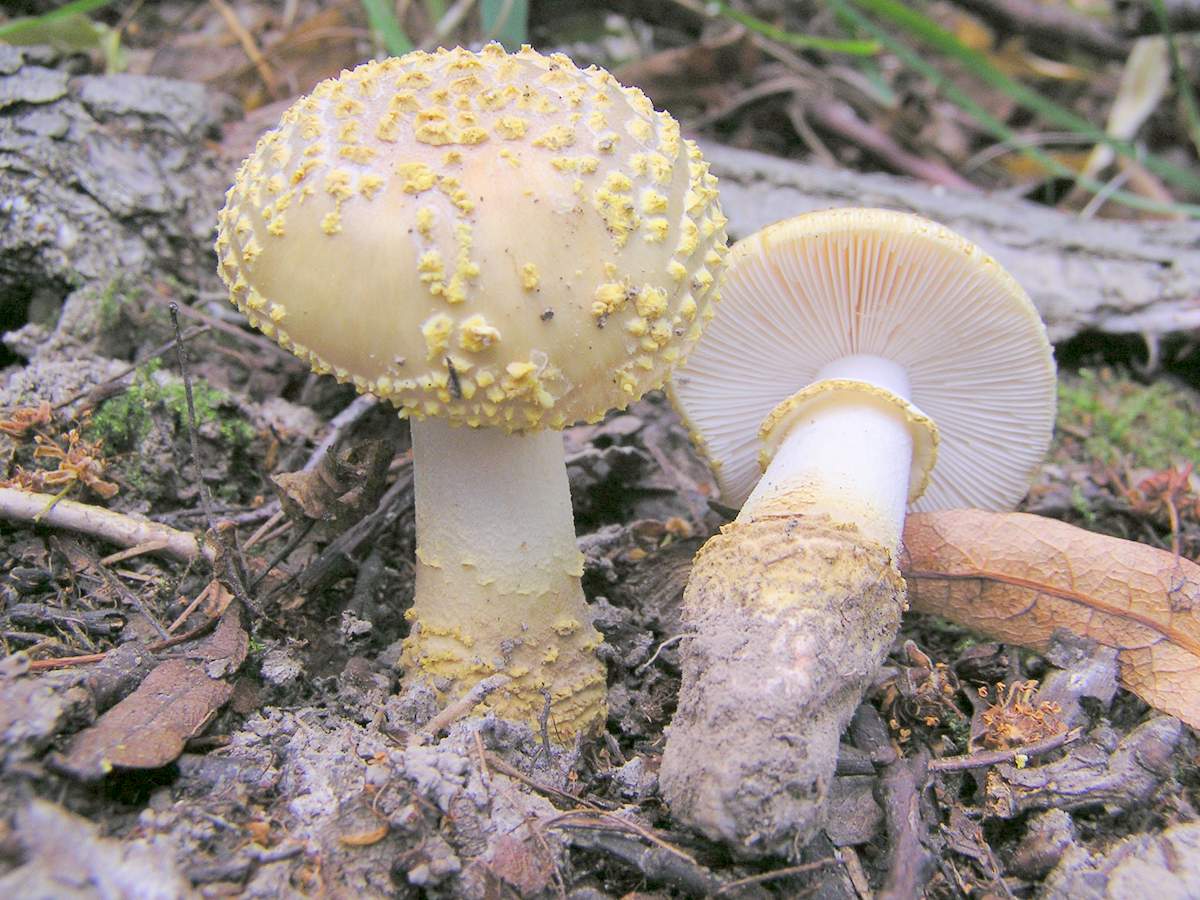
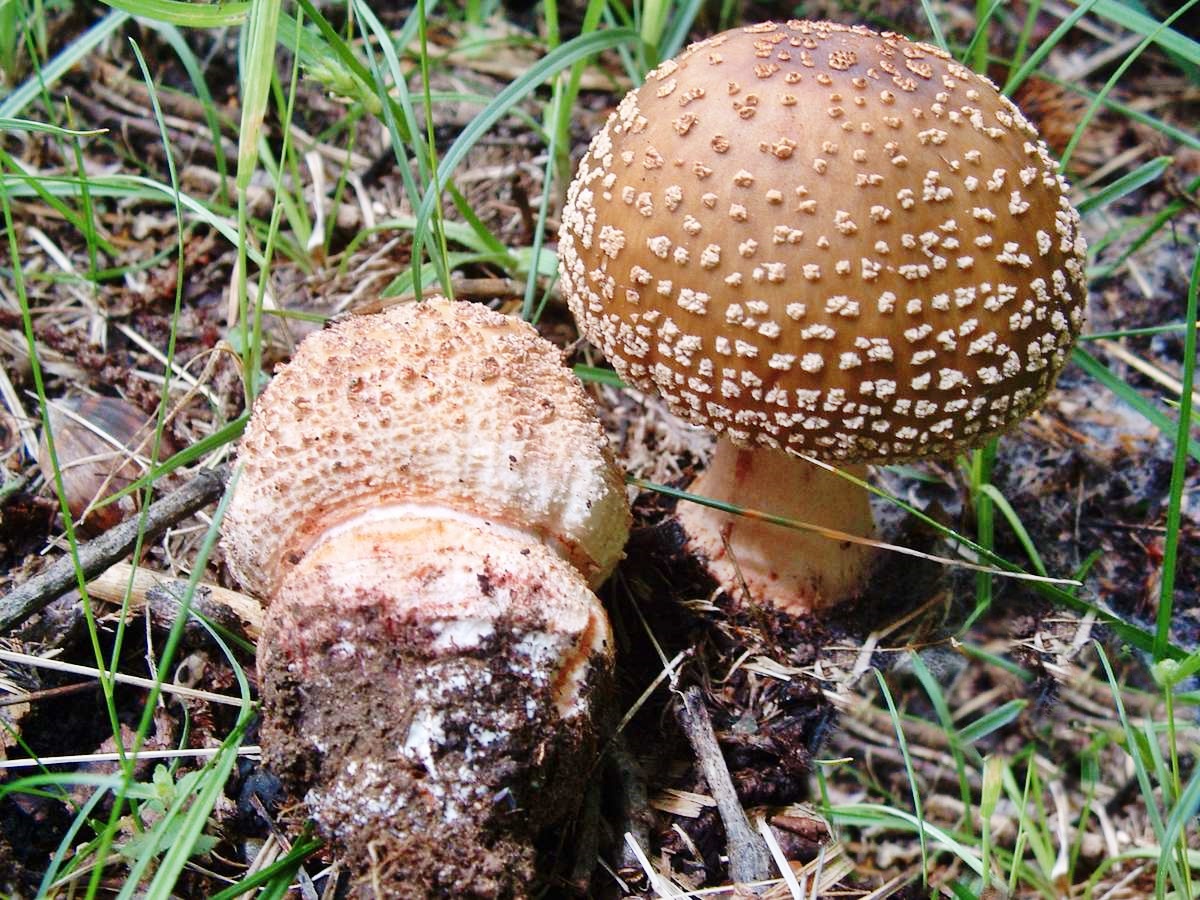
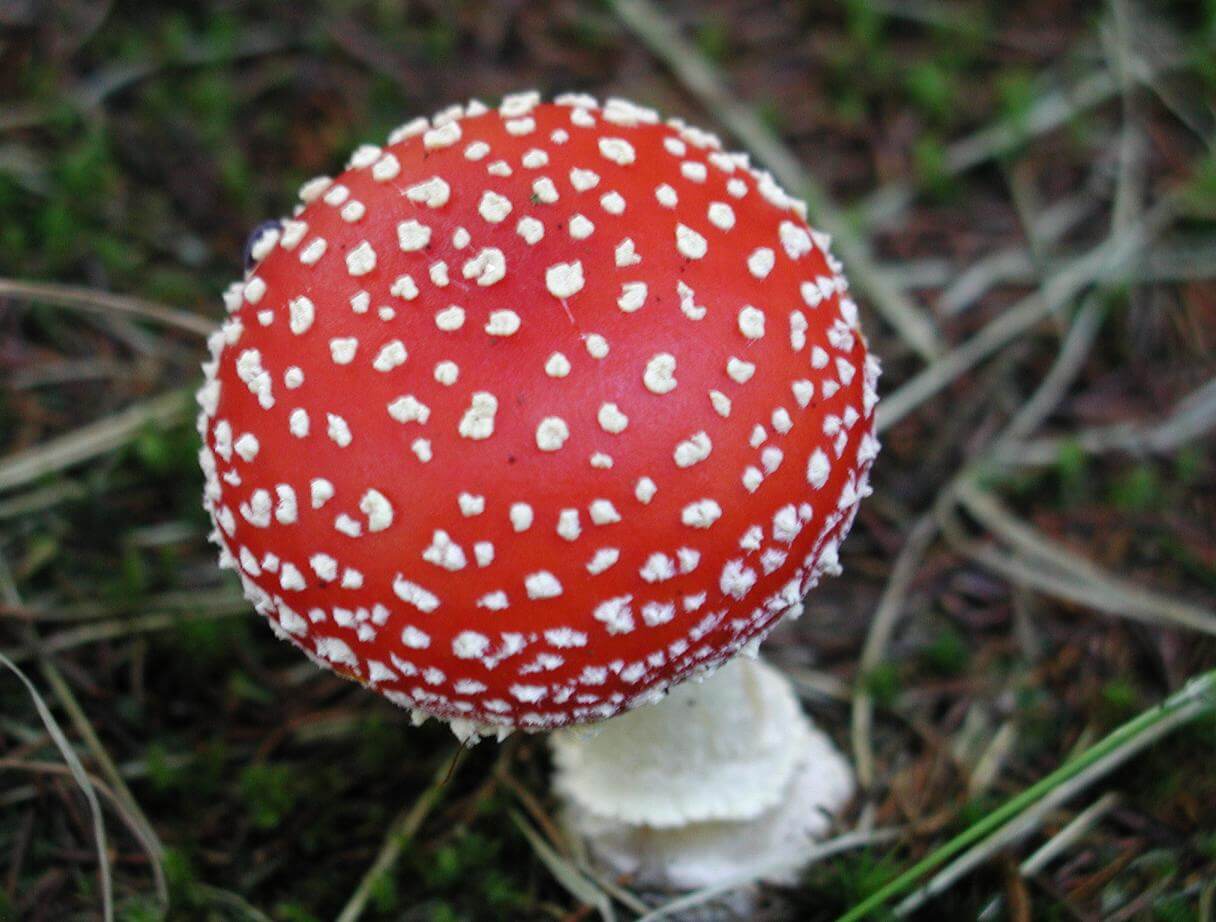
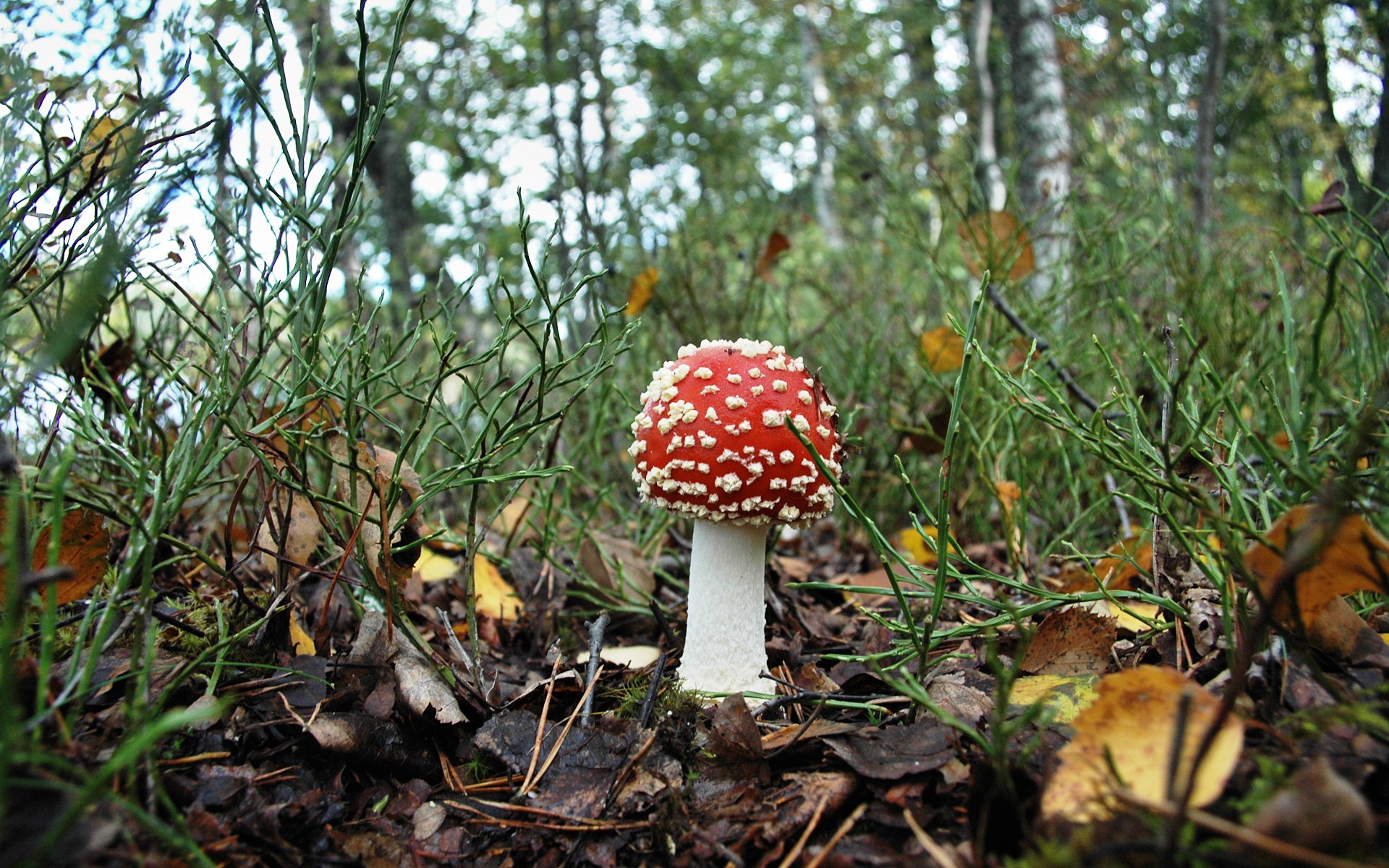

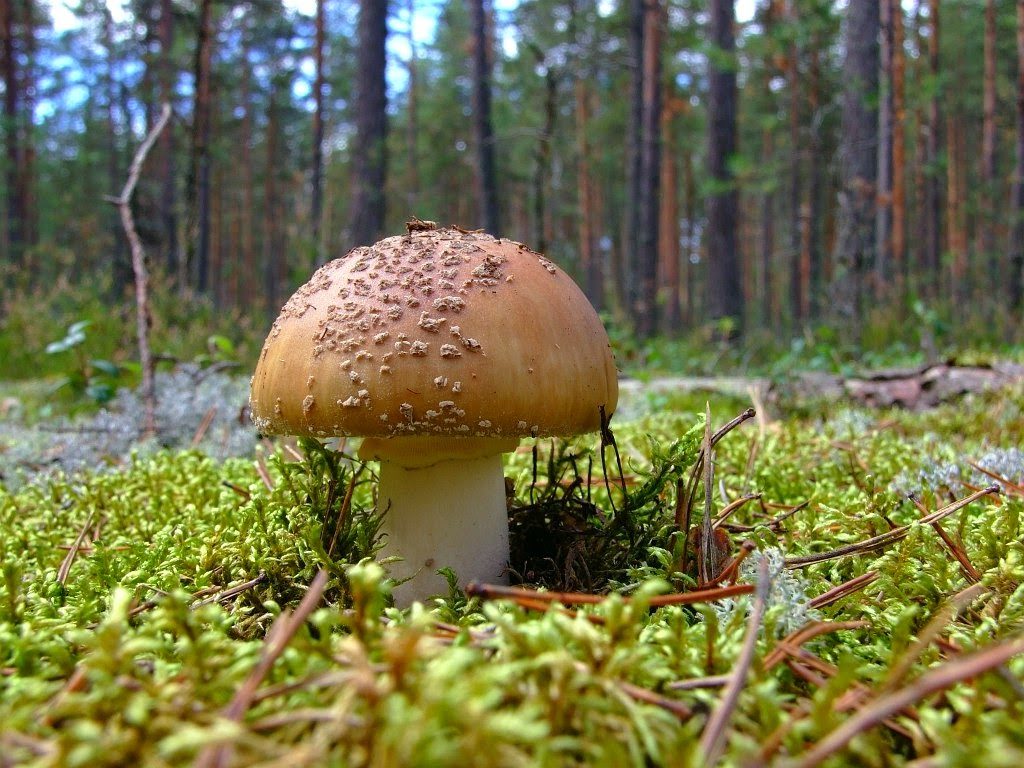
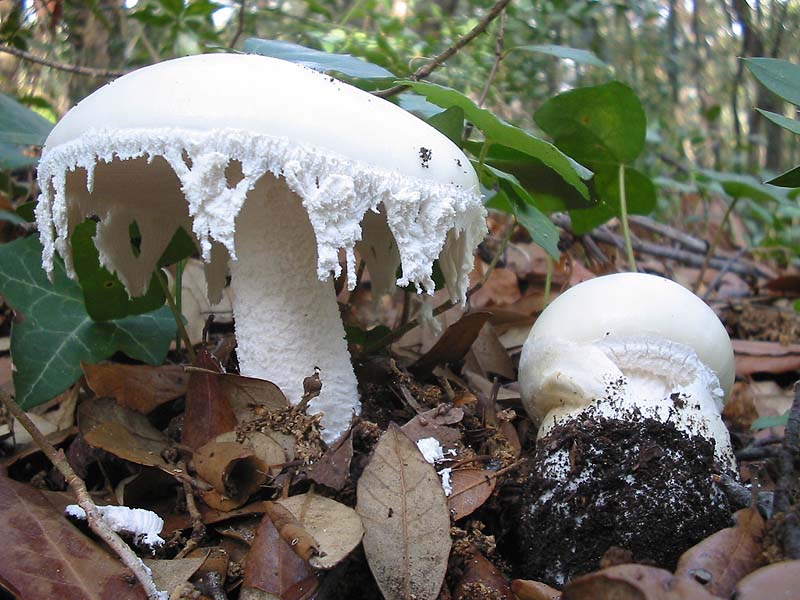
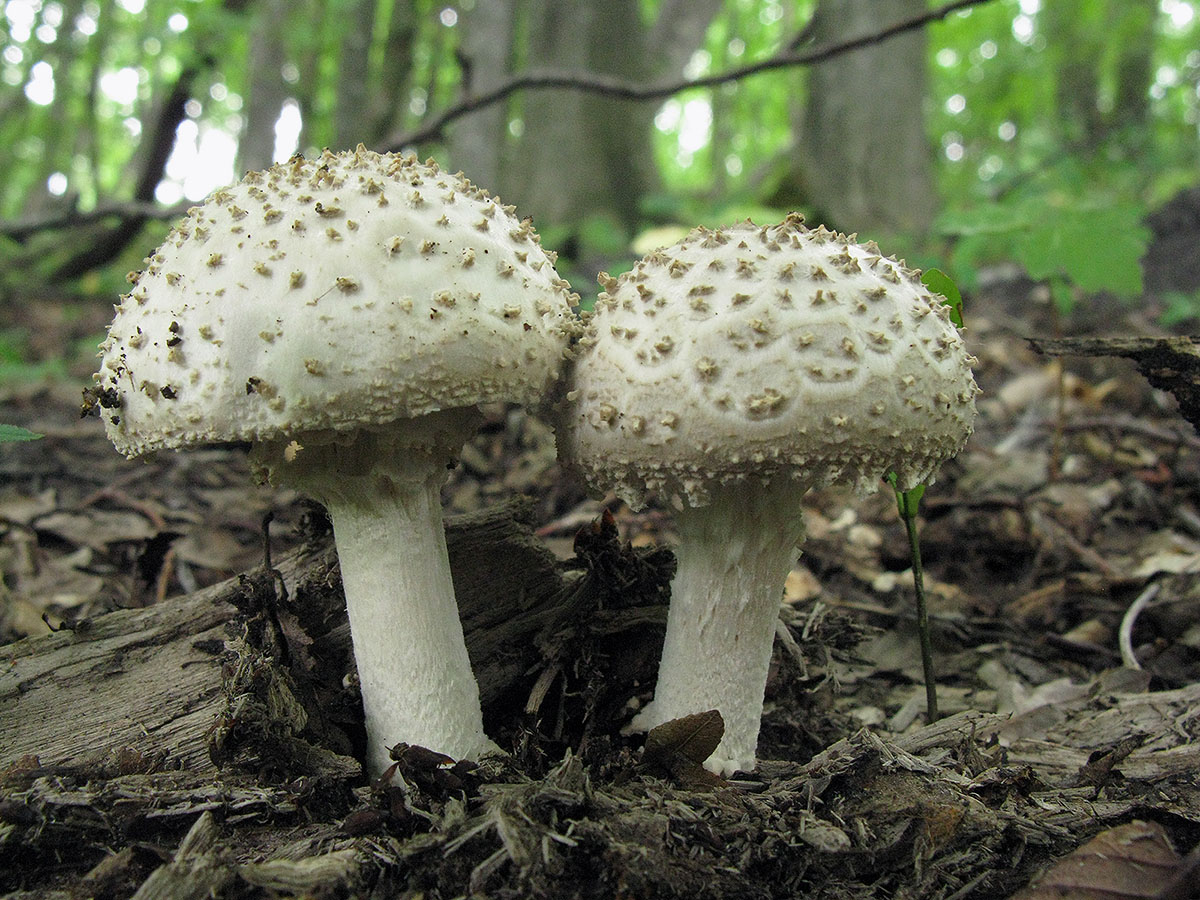



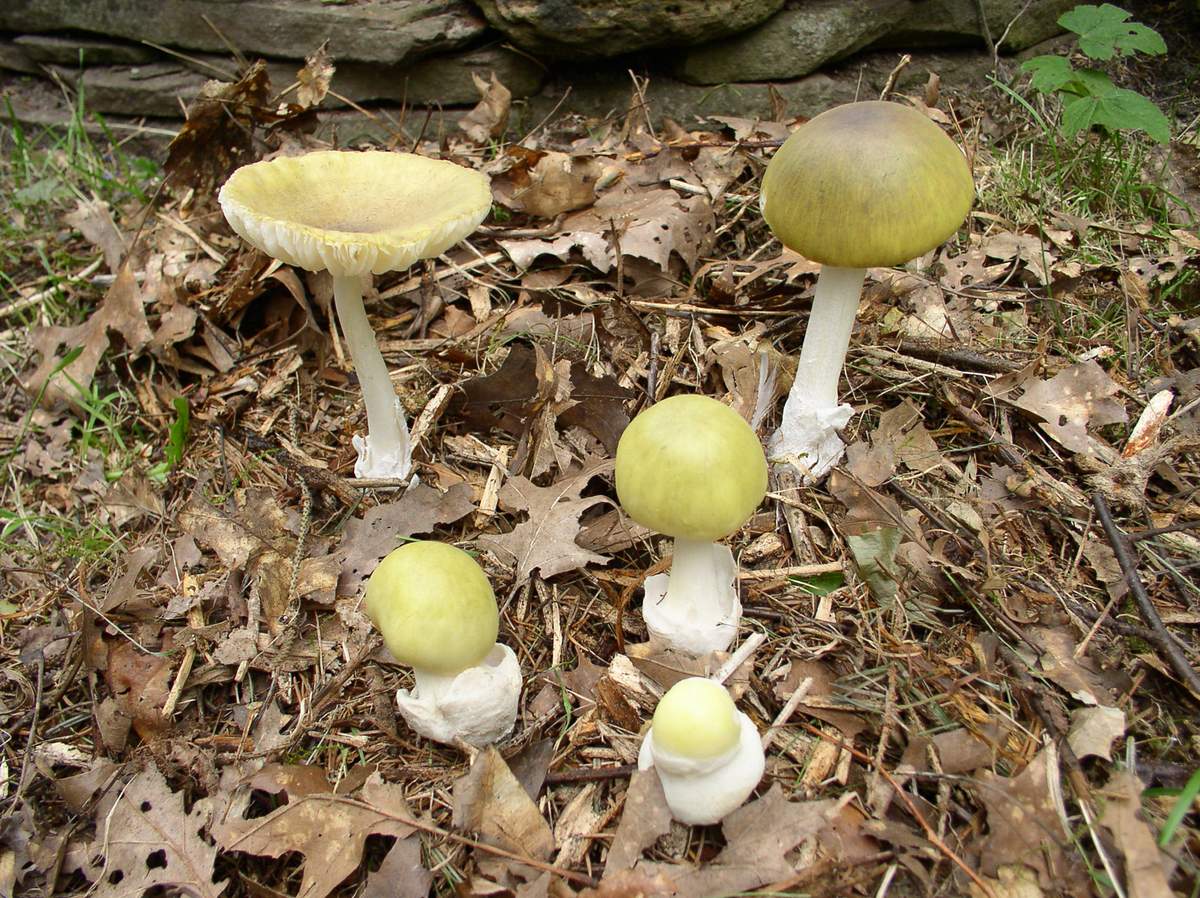
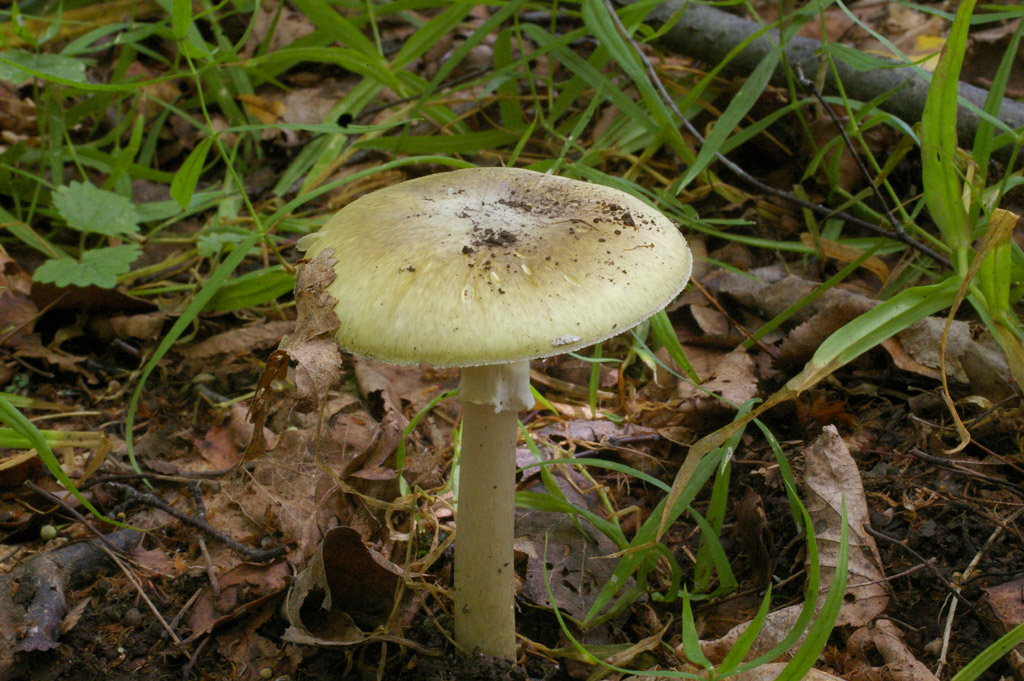
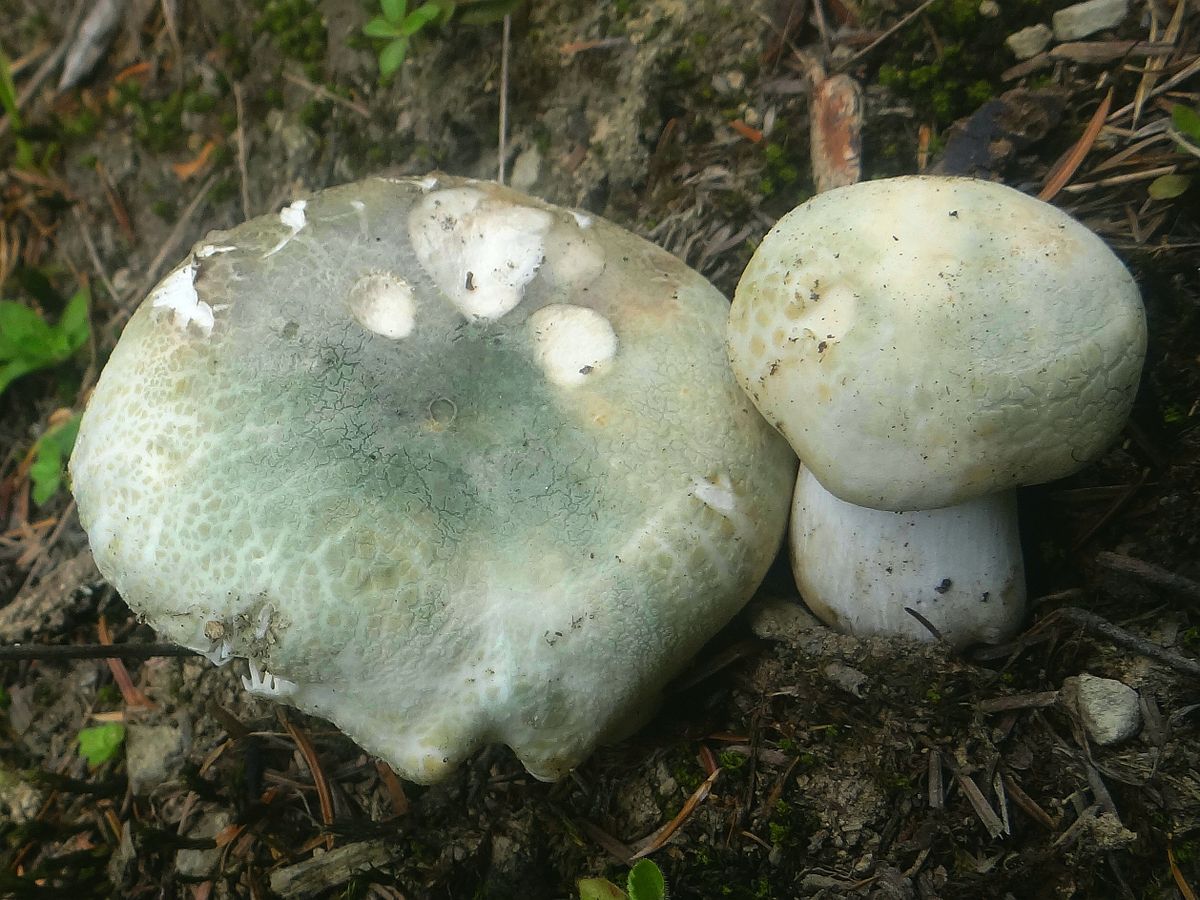
 Care and use of Kombucha at home (+22 photo)
Care and use of Kombucha at home (+22 photo) Edibility of the fungus of the motley umbrella and its description (+19 photo)
Edibility of the fungus of the motley umbrella and its description (+19 photo) Description of edible and inedible oils, their poisonous counterparts (+40 photos)
Description of edible and inedible oils, their poisonous counterparts (+40 photos) Useful properties of milk mushroom and its contraindications (+17 photos)
Useful properties of milk mushroom and its contraindications (+17 photos)